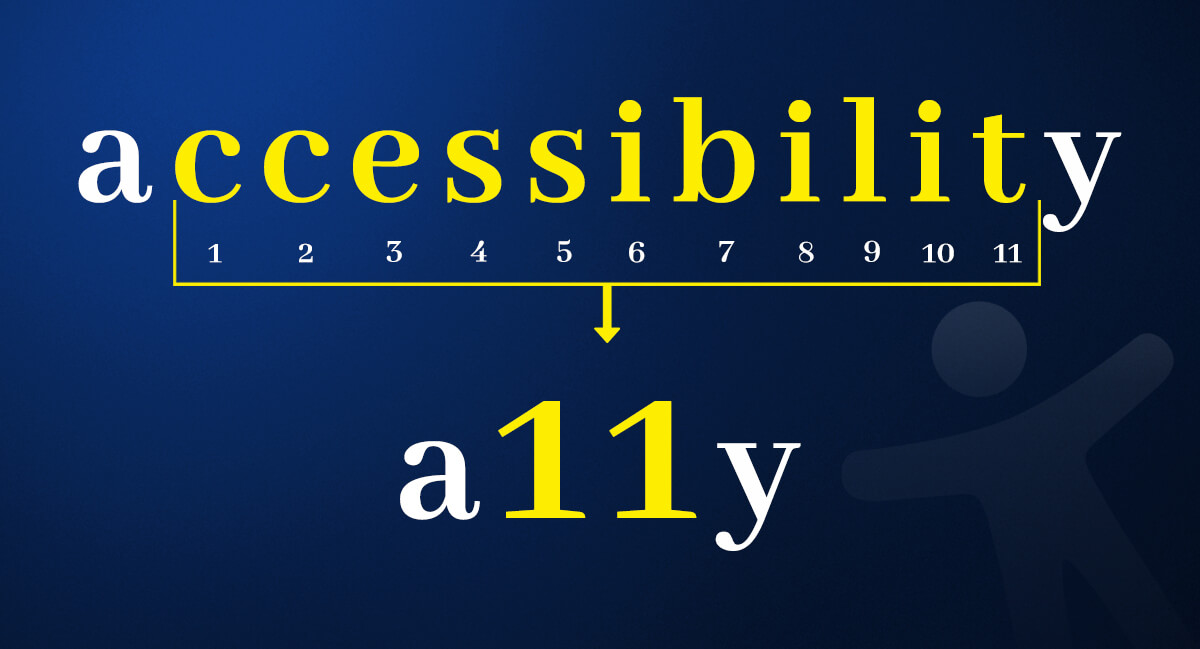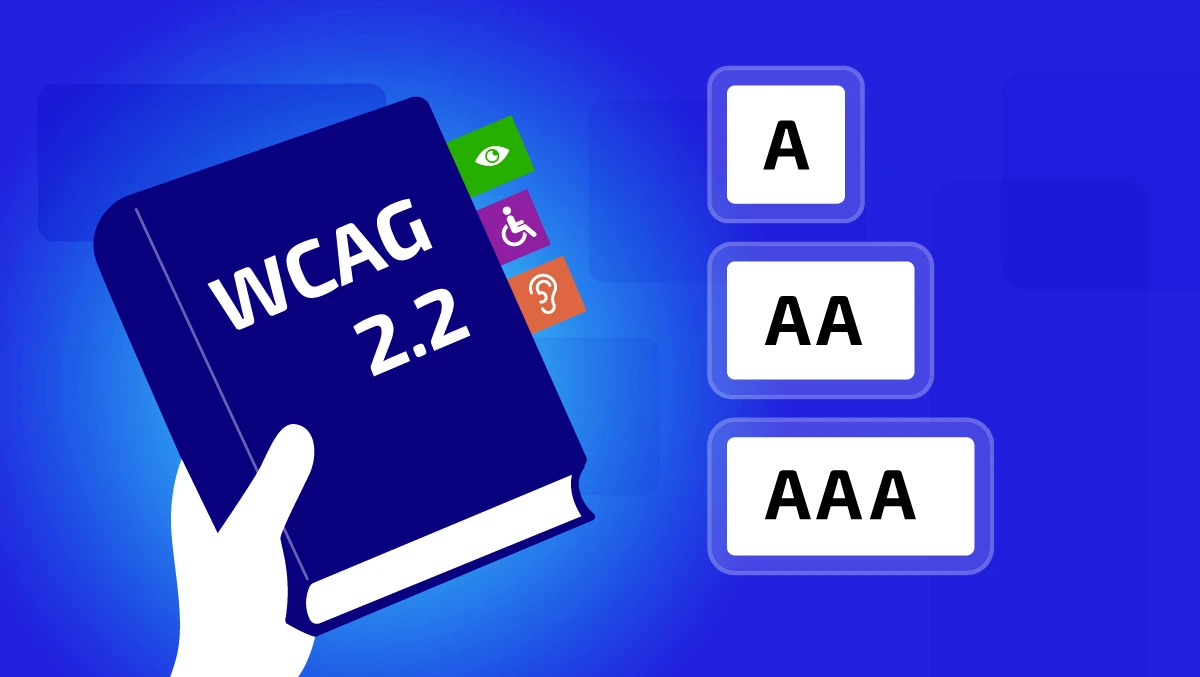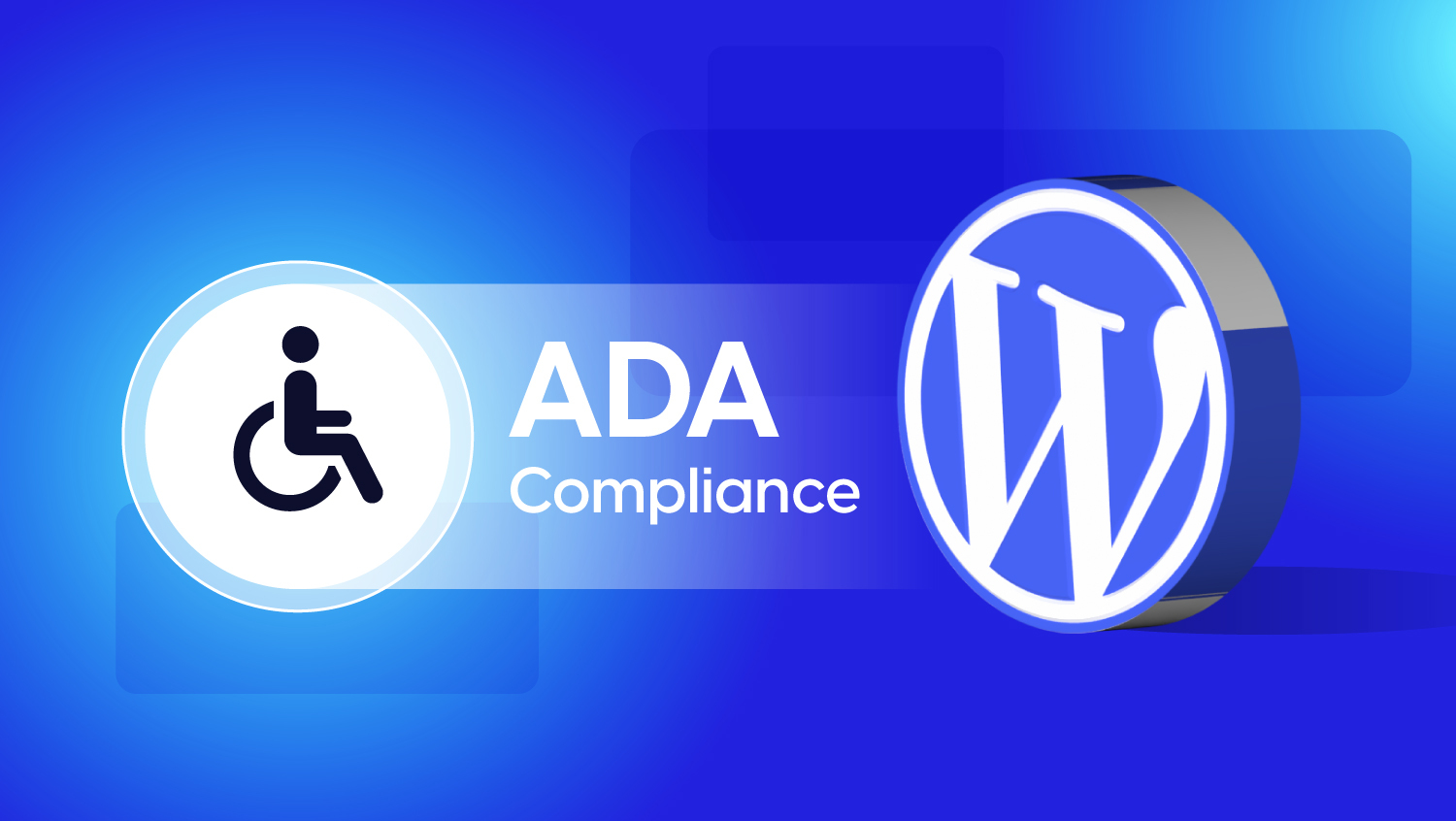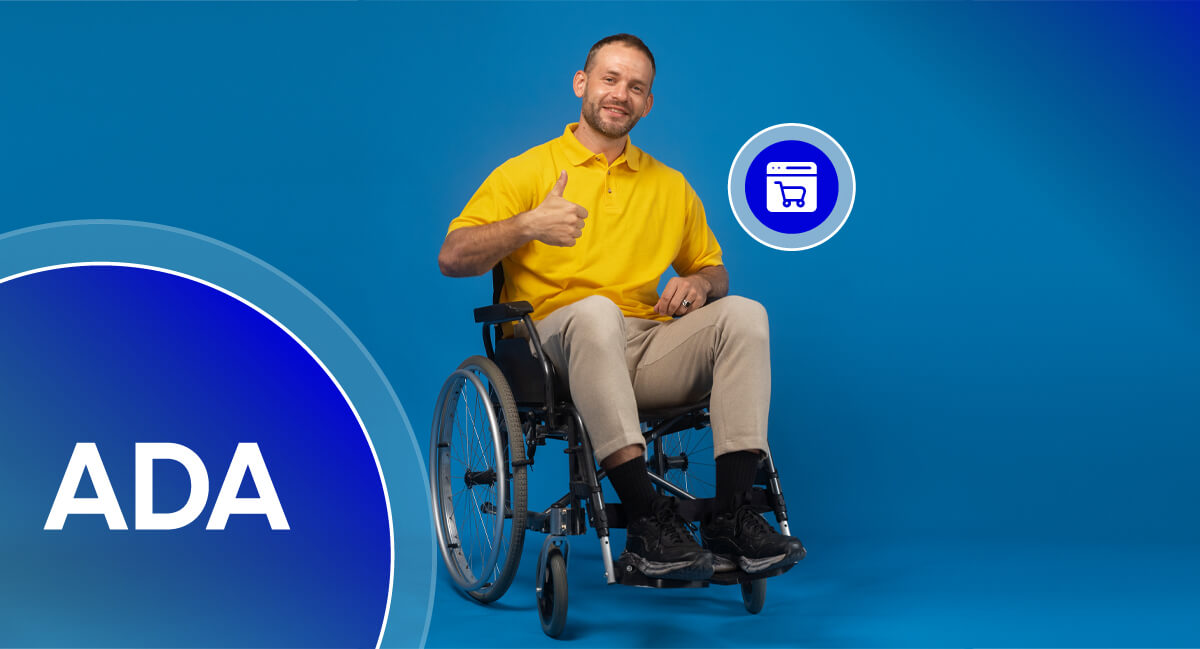Accessibility (A11y): What It Means and Why It Matters in 2025

Accessibility Isn’t Optional Anymore
When we talk about digital inclusion today, one term keeps surfacing: accessibility, or A11y. But what does it really mean?
Whether you’re a developer, designer, product manager, or business owner, accessibility (A11y) is no longer just a best practice, it’s a business necessity. With global regulations tightening and users demanding better experiences, building accessible digital products isn’t just ethical, it’s smart.
In this guide, you’ll learn:
- What A11y stands for and why it’s used
- The core principles of accessible design
- Actionable steps to implement accessibility into your workflow
- Tools, examples, and resources to get started today
What Does Accessibility (A11y) Mean?
Accessibility (A11y) refers to the design and development of digital experiences, websites, apps, software, that can be used by everyone, including people with disabilities.
The term "A11y" is a numeronym where 11 letters are omitted between the "A" and "y" in “accessibility.” It's commonly used by developers and designers in accessibility-focused discussions.
Why It Matters:
- Over 1.3 billion people globally live with a disability
- Inclusive design benefits everyone, not just users with impairments
- Accessibility supports SEO, user retention, and legal compliance
The 4 Core Principles of Accessibility (POUR)
| Principle | Description |
| Perceivable | Users must be able to perceive information presented (e.g., alt text, captions) |
| Operable | UI must be operable by all, including via keyboard or assistive tech |
| Understandable | Information and navigation must be clear and predictable |
| Robust | Content must work reliably across devices, browsers, and assistive technologies |
These principles are the foundation of the Web Content Accessibility Guidelines (WCAG) — the global standard for accessible web design.
Common A11y Issues and How to Fix Them
Here are some typical accessibility mistakes,and how to avoid them:
1. Missing Alt Text
Fix: Add descriptive alt attributes to all images that convey meaning.
2. Poor Color Contrast
Fix: Use contrast checkers like WebAIM to ensure a minimum 4.5:1 ratio.
3. No Keyboard Navigation
Fix: Ensure all interactive elements can be accessed via Tab and Enter.
4. Inaccessible Forms
Fix: Label every input with associated <label> tags and offer clear error messages.
5. No Screen Reader Support
Fix: Use semantic HTML and ARIA roles to communicate element functions.
How to Implement Accessibility in Your Workflow
1. Design with A11y in Mind
- Use real text (not images of text)
- Choose legible fonts and strong contrast
- Avoid animations that flash or auto-play
2. Develop with Semantic HTML
- Use heading levels correctly
- Add labels to form fields
- Avoid using <div> and <span> for interactive elements
3. Test Regularly
- Use screen readers like VoiceOver, NVDA, or JAWS
- Check contrast and structure with Lighthouse, axe DevTools, or WAVE
4. Educate Your Team
Host internal A11y workshops or use training tools from Deque University or W3C WAI
Example: How Apple Leads in A11y
Apple is widely recognized for embedding accessibility into its product DNA. From VoiceOver on iPhones to robust keyboard navigation on macOS, their features:
- Empower users with visual and motor impairments
- Are available out-of-the-box
- Serve as a model for integrating accessibility at every stage of product development
Accessibility Tools for Developers & Designers
Tool | Purpose |
| axe DevTools | Browser extension for WCAG testing |
| Accessibility Insights | Guided assessment for developers |
| Lighthouse | Chrome DevTools audit tool |
| WebAIM Contrast Checker | Ensures visual contrast meets WCAG standards |
| NVDA / VoiceOver | Screen readers for manual testing |
Pro Tips for Accessibility Success
- Start accessibility from the wireframing stage
- Use skip links to allow users to bypass repetitive navigation
- Document A11y standards in your design system
- Avoid placing essential content solely in animations or hover effects
Conclusion:
The web must be inclusive, and accessibility (A11y) is how we get there. From design to development, testing to content, every role has a part to play.
Investing in accessibility is not just good ethics; it’s smart business. Start small, improve continuously, and build with empathy.
Ready to Embrace A11y?
Whether you're building from scratch or optimizing an existing site, our team can help you design for everyone. Contact us for a consultation or read our guide on accessibility automation to take the next step.
FAQs About Accessibility A11y
A11y is a numeronym for "accessibility," with 11 characters between the “A” and “y”.
No. It also helps mobile users, older adults, users with temporary impairments, and more.
You may face lawsuits under the ADA, Section 508, or EN 301 549 in the EU if your site is not accessible.
Accessibility focuses on users with disabilities, while usability is about ease of use for all users. However, both are deeply connected.
Yes. Accessibility improvements like clean structure, alt text, and semantic markup also support SEO best practices.




